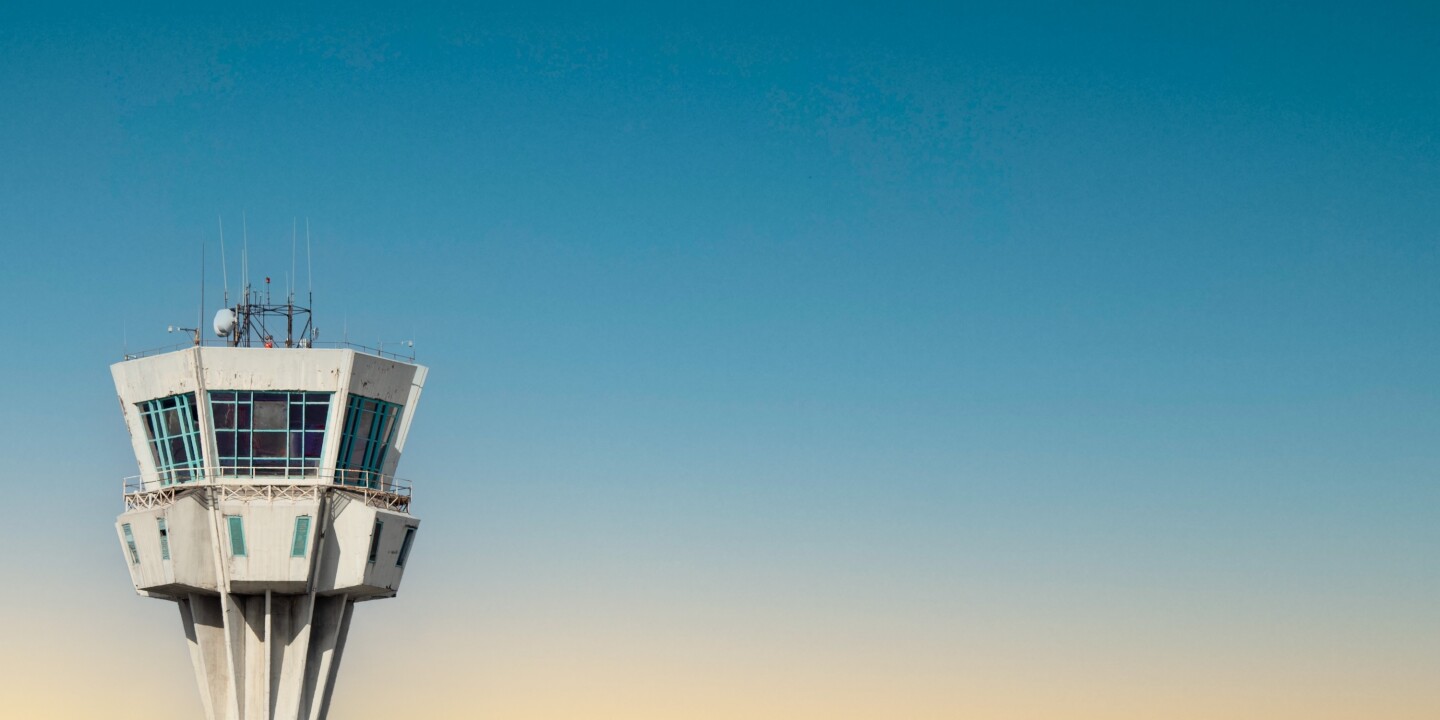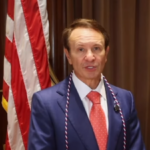As the federal government shutdown enters its third week, U.S. airports, perhaps surprisingly, have so far operated with minimal visible disruption. Security lines were moving at a normal pace, flight schedules were stable, and most travelers reported a smooth experience at major hubs, despite warnings from the Transportation Security Administration (TSA) and U.S. Travel Association that the closures could disrupt air traffic.
At Tampa International Airport on Wednesday, journalist and Afar contributor Susan B. Burns reported a “zero line through TSA security,” while at Austin-Bergstrom International Airport public relations specialist Adrian Carter, at Jacksonville International Airport, brewmaster Riley Duncan, and this week at Ted Stevens Anchorage International Airport, firefighter and EMT Chris Pavador played out similar scenes.
“As a frequent flyer, I notice things that are out of the ordinary quickly. In my experience, the TSA security line for pre-checks has been normal,” says Chris Dong, an aviation reporter and frequent contributor to Afar magazine. He has been on a plane many times since the shutdown began. He added that one of the flights from Los Angeles to New York was delayed for an hour on the tarmac while the pilot waited for instructions from air traffic control, but other factors may have been involved in the delay.
These traveler reports are backed up by data. According to aviation analytics firm Cirium, over the past 15 days, approximately 80% of flights departed the gate within 14:59 of their scheduled departure time (less than 15 minutes is still considered “on time”). A Cirium spokesperson said this rate is consistent with non-shutdown times and is “likely due to city-specific factors, such as weather and other local disruptions.”
Indeed, a northeast storm along the Mid-Atlantic coast briefly disrupted air travel earlier this week, causing thousands of flight delays.
The first phase is relatively calm for travelers, despite concerns that the federal government shutdown will make air travel difficult. But some signs of tension are starting to emerge at the country’s airports, starting with messages about closures.
Airport issues: Controversial TSA video and FAA staffing concerns
More than a dozen airports, including Dallas-Fort Worth, Los Angeles, and Seattle-Tacoma, reportedly refused to play a video of Homeland Security Secretary Kristi Noem holding Democrats responsible for closures and delays that may occur during travel. Some airports cited policies that prohibit political and partisan messages as the reason.
There is also growing frustration among air traffic controllers who will not be paid until the shutdown ends. On Tuesday, October 14, members of the National Air Traffic Controllers Association (NATCA) distributed flyers at more than a dozen airports across the country, including LaGuardia Airport, Chicago O’Hare International Airport, and Ronald Reagan Washington National Airport. The flyer warns that the ongoing closure is exacerbating problems caused by a national shortage of air traffic controllers.
With the country facing a shortage of more than 2,800 air traffic controllers, the shutdown has paused the hiring and training of new air traffic controllers, put infrastructure and safety technology projects on hold, and required air traffic controllers to work long hours without support from other critical aerospace organizations. (Air traffic control typically receives backup from outside engineering groups, NASA safety researchers, and the International Aviation Agency, which helps coordinate procedures, but many of these partnerships have effectively been suspended.) FAA staff at the table).
TSA employees, Federal Aviation Administration (FAA) air traffic controllers, and Customs and Border Protection employees are considered “essential” and are required to report to work even if their pay is suspended until the government shutdown ends.
Airline unions have been quick to warn that this relative stability may not last if the shutdown lasts too long and workers don’t get paid more (TSA, FAA, and CBP employees received a portion of their paychecks on Oct. 14, but are expected to go without pay if the government doesn’t reopen by the next payday, Oct. 24). The previous long-term shutdown in 2019 (35 days, the longest on record) saw large numbers of TSA agents on call, leading to longer security wait times at major hubs such as Atlanta and Miami.
If flight suspension continues, it will affect flight operations
Since the current shutdown began Oct. 1, the FAA has reported an increase in unscheduled absences in cities across the country, from airports in Boston and Philadelphia to control centers in Atlanta and Houston, contributing to delays and cancellations. One of the biggest disruptions to date may have been felt at Hollywood Burbank Airport on October 6th. The airport’s control tower remained unmanned for several hours.
“This shutdown must end so that the Federal Aviation Administration and our dedicated aviation safety professionals can remove distractions and fully focus on their important work,” NATCA President Nick Daniels said at an Oct. 6 press conference.
Afar emailed the FAA for comment and received an automated response from the agency stating that the agency is not currently responding to media inquiries due to a lack of funding. “Staffing shortages are increasing across the system,” the statement said. “When this occurs, the FAA will slow traffic to some airports to ensure safe operations.” The agency added that concerned travelers should visit its website to see the real-time impact on flights at each U.S. airport.
Travelers with upcoming flights are advised to allow extra time to get through the airport, especially if the closure lasts longer. “Required” status does not guarantee smooth operations indefinitely. As conflicts drag on and employees go unpaid, morale and staffing can change.
“The system is likely to continue to weather the issue for several more weeks,” Points Pass CEO and travel expert Julian Keel told Afar. “But if the shutdown extends into the year-end rush, it could easily cause havoc. Thanksgiving and Christmas are already the busiest travel times of the year, and systems are operating near capacity even in normal times. If staffing strains continue, a single storm or technology glitch could cause a nationwide ripple effect and ruin travel plans for millions.”








